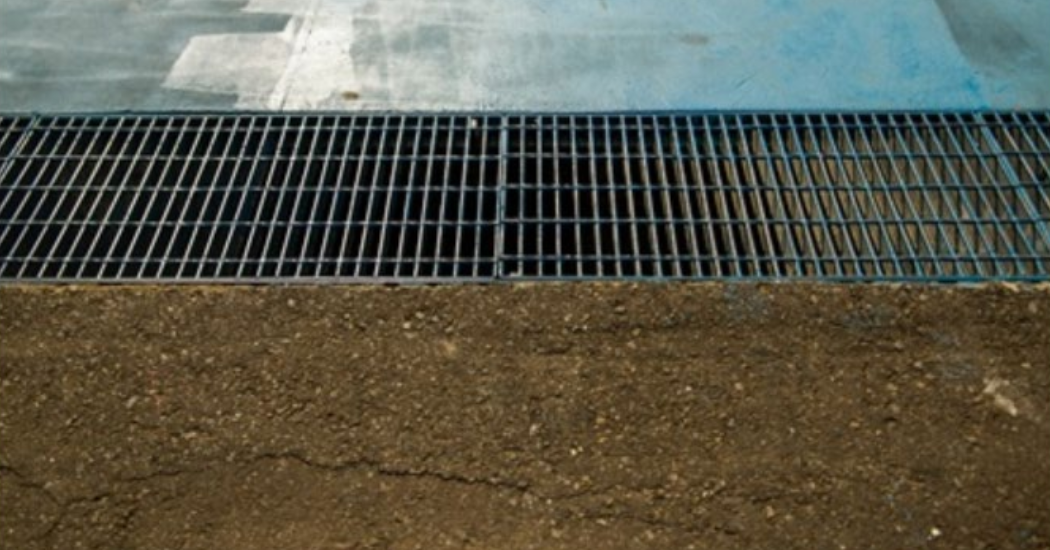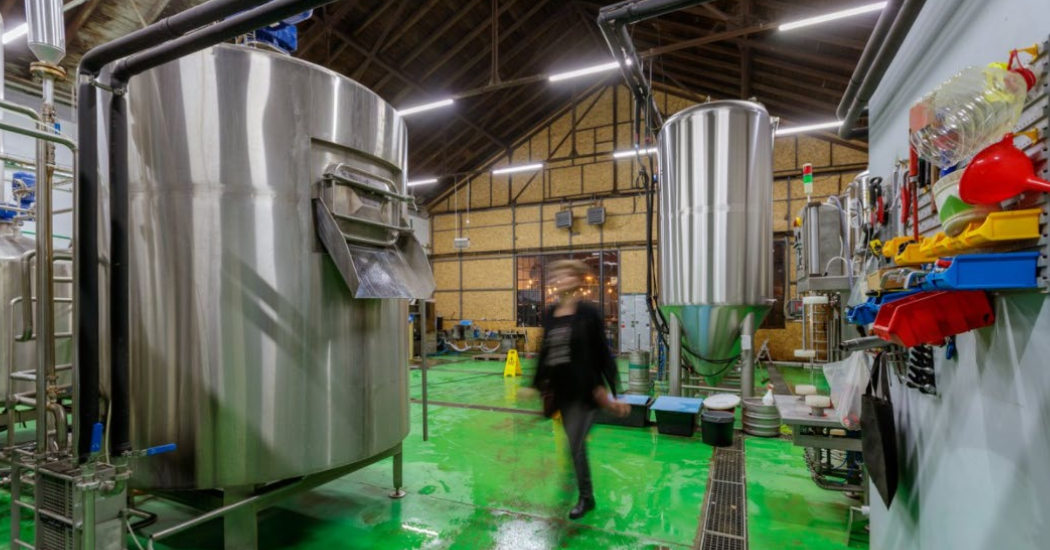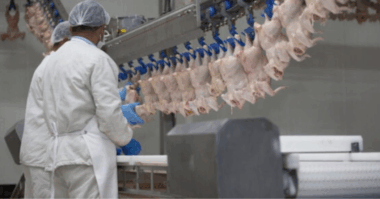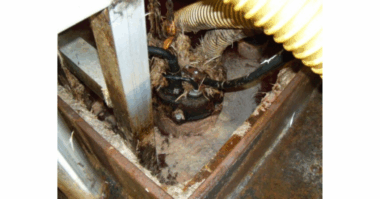When designing a brewery, waste management is often an afterthought. Selecting the proper equipment, from cooling systems to fermentation vessels, is no easy task. Inventory logistics, labor concerns and market research all need attention. Nevertheless, taking time to consider waste management is a crucial step in managing wort and producing beer. With a properly designed waste management system in place, breweries can avoid costly production delays, potential fines from local, state or federal environmental agencies and what may be every brewer’s worst nightmare — product contamination.
It was with these concerns in mind that a successful brewery collaborated with ClearBlu Environmental, a full-service design-build firm that specializes in applying sustainable technologies to process wastewater treatment and reclamation. Because their business was growing rapidly, the brewery wanted to expand operations in Texas. An efficient treatment system was required to process the wastewater generated by the brewery.
ClearBlu Environmental designed the pretreatment system, which included screening, settling and pH balancing, as well as the pond design, aeration system, bacterial treatment and final-stage flow monitoring. It was determined that three lift stations would need to be installed, with two pumps to operate in each lift station.
With any brewery, the wastewater contained solids that could erode or clog the pumps, reducing pump reliability and risking operational delays. That wasn’t all. The technical challenges at this brewery included acidic wastewater with a pH of 4, and high-temperature wastewater over 140°F.
The engineers realized the proper submersible pumps would be critical to help ensure the waste management system could maintain sanitation requirements. They consulted with Industrial Flow Solutions, a supplier of pumps and fluid management systems. What they learned about pumps applies to any brewery wastewater system. Managers should consider the following:
- Solids handling
- Corrosion resistance
- Chemical compatibility
- High temperatures
Solids handling
Solids used in the brewing process, such as spent grains, hops, flavoring agents and yeast, can flood into the waste stream during the mashing and lautering process. These soft solids also get rinsed into drains during cleaning and sanitation.
In small quantities, these solids can be harmless. But the adhesive properties of protein and carbohydrate chains extracted during the mashing process often cause these spent grains to clump together, forming dough balls. These dough balls are especially prominent when using unmalted grains (e.g., flaked wheat and oats), which are extremely popular in modern beer styles. Dough balls have emergent properties from their singular counterparts and can range from very elastic to very hard and form in various sizes.
Dough balls create unfavorable conditions for submersible pumps not designed for solids handling. They can clog strainers and obstruct impellers, hindering proper pump operation that can lead to pump failure. And when a pump fails, flooded waste streams and putrefaction of the waste in the sump can lead to product contamination and an unhappy group of customers. Pump failures also occur
when other solids from the brewing process make their way into the waste stream. In a brewery, it’s common to see packaging materials (e.g., bottle fragments, bottle caps, cans, plastics) and other debris like hair nets, gloves, and pallet chunks in the sump pit, as well.
Shredder pumps rip, tear and break solids into small pieces for easy, trouble-free flow, making them an ideal choice for brewery applications.
Corrosion resistance
A brewery designed for effective cleaning will inevitably utilize various cleaning agents to achieve a sanitized space and craft a high-quality, safe beer. The clean-in-place (CIP) method is preferred in brewing applications and involves the automated cleaning of pipes, vessels and other processing equipment without significant disassembly. CIP uses cleaning chemicals combined with turbulent water to clean interior piping and spray balls to clean large surface areas.
 High temperatures
High temperatures
Another major factor to consider when designing brewery waste systems is temperature. High- temperature fluids are inherent in the mashing, sparging and boiling brewing processes. CIP also uses very hot water, e.g., 180° F. The run-off from these processes will enter the waste stream, often retaining its high temperature.
Pumps like this SX Series pump made by BJM are ideal for brewery applications, because they are high-temperature and corrosion-resistant and designed to handle solids without clogging.
Most submersible pumps are not rated for these hot temperatures and can experience failures in many different modes. Elastomers in mechanical seals can expand and contract, allowing fluid to enter the motor windings. Start and run capacitors can overheat and blow out, while normal cycling combined with high-temperature fluids can cause thermal overloads. All of these conditions will cause massive
damage to your submersible pump.
Fortunately, pumps are available that withstand temperatures up to 200° F in continuous duty. Such pumps use insulation to protect the motor from thermal overload and seals that perform better in high heat. Temperature dissipation is improved by filling the motor with oil and utilizing high-insulation class windings.
 Brewing up a successful wastewater system
Brewing up a successful wastewater system
For the brewery in Texas, ClearBlu Environmental selected two BJM Model SX Series submersible pumps to be installed in a duplex arrangement within the cylindrical fiberglass primary lift station. The 316-stainless-steel 3-hp pumps avoid clogging by shredding solids up to 1.6 inches.
Since their installation, the submersible pumps have performed reliably, operating at 460 volts and pumping up to 200 gal per minute. Flow control within the system helps regulate the amount of brewery wastewater that travels to the small town’s wastewater treatment plant, ensuring the flow is spread out evenly over a 24-hour period. Because of the pumps’ reliable performance, the lift stations have been kept clear of settled solids and have never overflowed.
Andrew Peccerillo is an applications engineer and Steven Mosley is an applications engineering manager for Industrial Flow Solutions.




